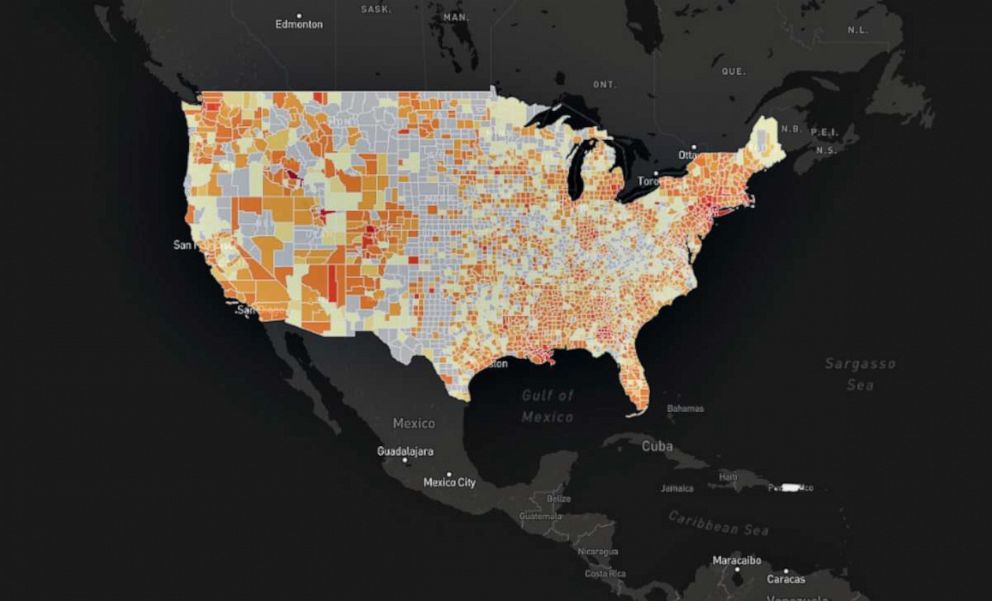Adding to Run’s post on rural hospital closings comes this information on rural areas and coronavirus (ABC news) Dr. Marynia Kolak is the assistant director for Health Informatics at the Center for Spatial Data Science at the University of Chicago, which recently released a U.S. COVID-19 Atlas, providing county-level data on COVID-19 cases to help locate emerging hotspots for the disease. The results are surprising. … “A lot of hotspots are seen in rural regions throughout the south, especially when you adjust for population size,” Kolak said. Unfortunately, it’s not just an increase in the number of cases. “We also see elevated adjusted death rates in places like Northern Mississippi, a lot of Louisiana, and smaller counties in Alabama and South
Topics:
Dan Crawford considers the following as important: Healthcare
This could be interesting, too:
Bill Haskell writes Families Struggle Paying for Child Care While Working
Joel Eissenberg writes RFK Jr. blames the victims
Joel Eissenberg writes The branding of Medicaid
Bill Haskell writes Why Healthcare Costs So Much . . .
Adding to Run’s post on rural hospital closings comes this information on rural areas and coronavirus (ABC news)
Dr. Marynia Kolak is the assistant director for Health Informatics at the Center for Spatial Data Science at the University of Chicago, which recently released a U.S. COVID-19 Atlas, providing county-level data on COVID-19 cases to help locate emerging hotspots for the disease. The results are surprising.
…
“A lot of hotspots are seen in rural regions throughout the south, especially when you adjust for population size,” Kolak said.
Unfortunately, it’s not just an increase in the number of cases.
“We also see elevated adjusted death rates in places like Northern Mississippi, a lot of Louisiana, and smaller counties in Alabama and South Carolina,” she said.
The Centers for Disease Control and Prevention notes that rural Americans “tend to have higher rates of cigarette smoking, high blood pressure, and obesity. They also have higher rates of poverty, less access to healthcare, and are less likely to have health insurance.”
“These are vulnerable populations with poor access to insurance who may have to travel far to get to a hospital,” Kolak said. “It’s a bit of a perfect storm with worse access to health care, less health insurance overall, and slow policies to take COVID-19 seriously.”

